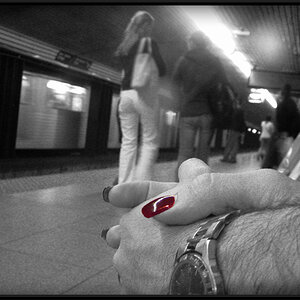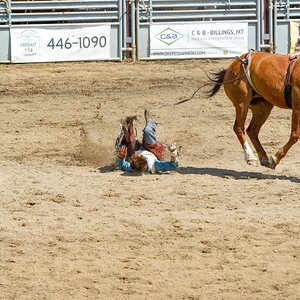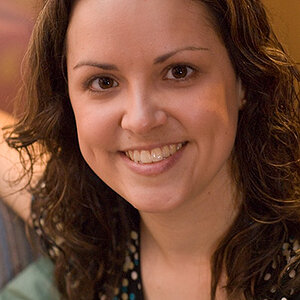urbanist
TPF Noob!
- Joined
- Oct 30, 2015
- Messages
- 4
- Reaction score
- 0
- Can others edit my Photos
- Photos NOT OK to edit
hi, im new here, so, hi again! 
I would like to buy a film scanner for 35 mm negative that will scan in high quality and possibly will be able to print big sizes like 50*60.
Is this a good scanner, the seller offers it for about 500$. any opinions? Thanks.
I would like to buy a film scanner for 35 mm negative that will scan in high quality and possibly will be able to print big sizes like 50*60.
Is this a good scanner, the seller offers it for about 500$. any opinions? Thanks.



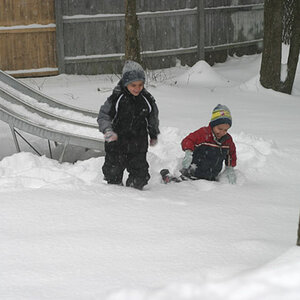

![[No title]](/data/xfmg/thumbnail/42/42274-5bec1b32caba5fed4a680bc5be4d0202.jpg?1619740083)
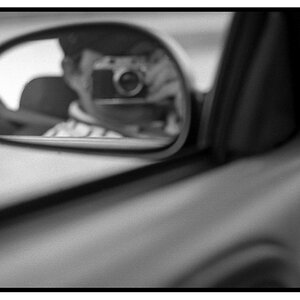

![[No title]](/data/xfmg/thumbnail/42/42278-22ed940cbdc5888a28d9be36006594dc.jpg?1619740086)
